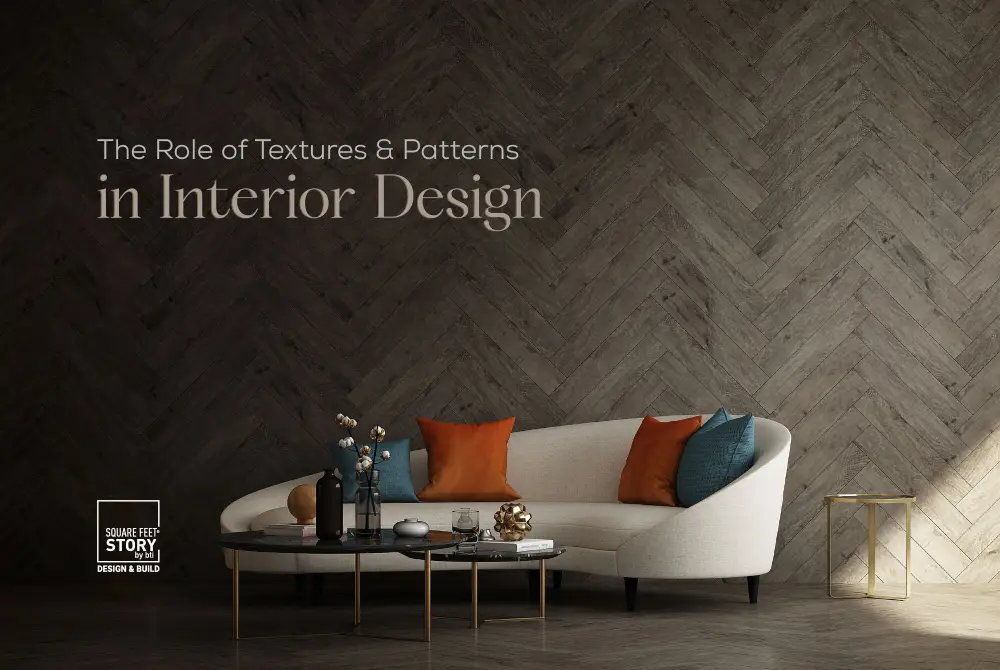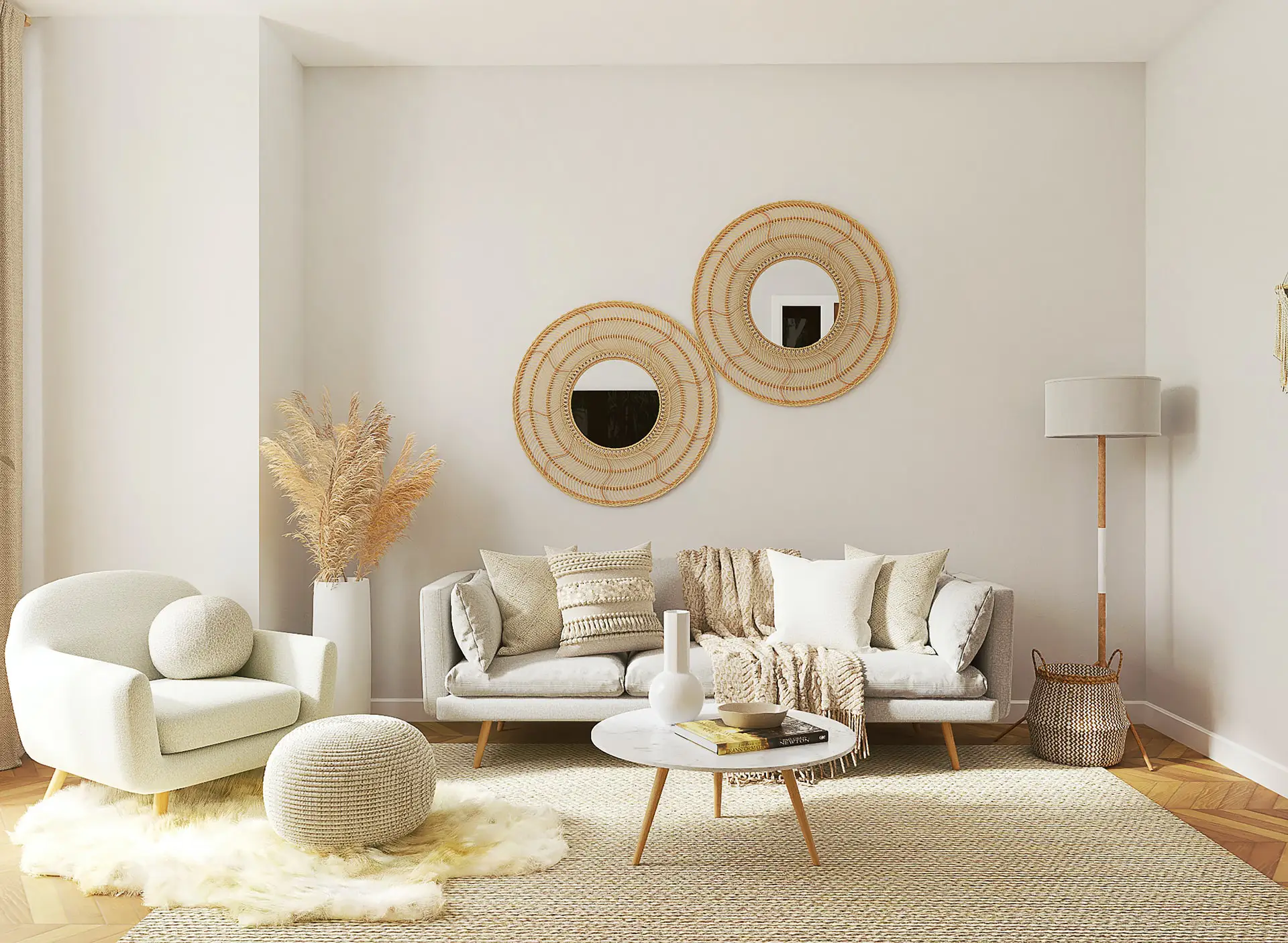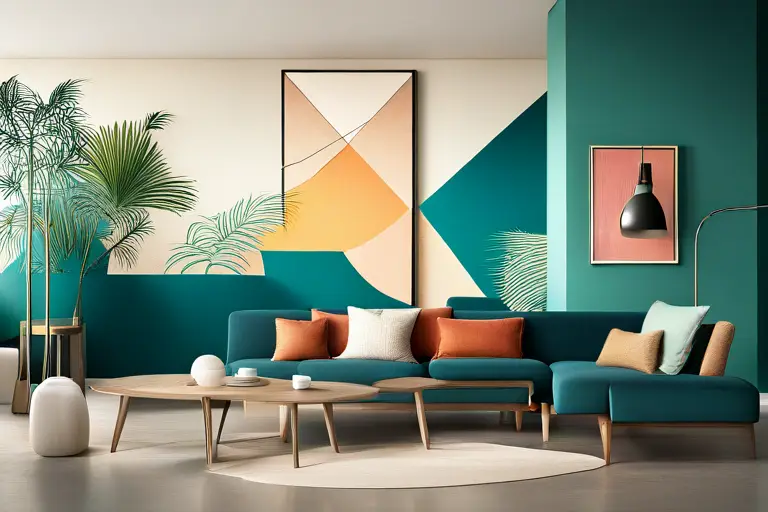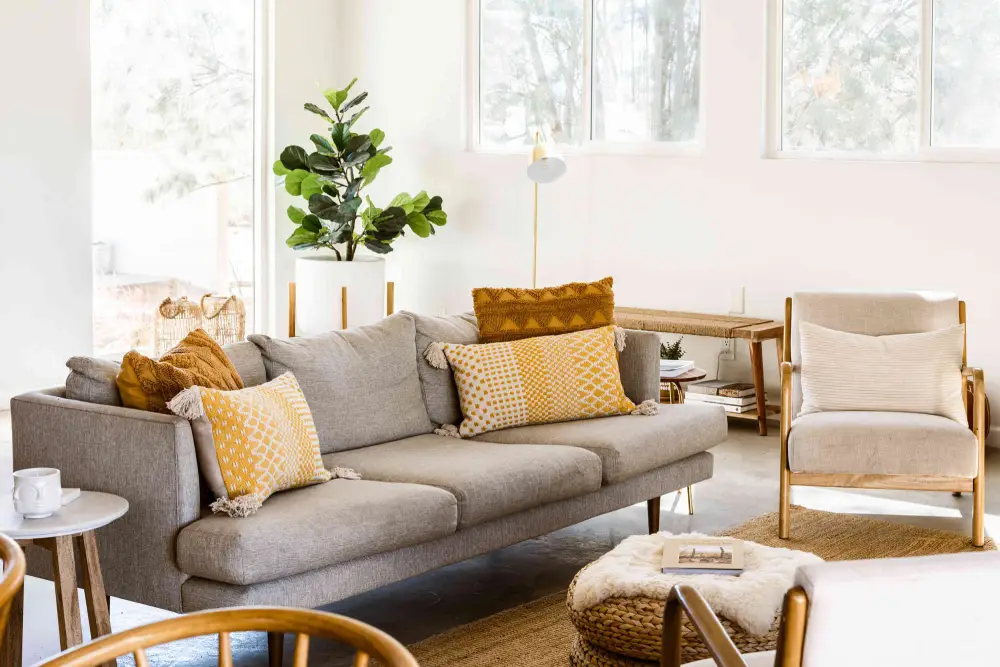
The Role of Textures and Patterns in Interior Design
When it comes to interior design, textures and patterns often play a crucial yet sometimes overlooked role. While colors and furniture may be the first elements that come to mind, the subtle and intricate use of textures and patterns can transform a space from ordinary to extraordinary. These design elements add depth, interest, and personality to a room, making them indispensable tools for any interior designer.
Understanding Texture in Interior Design

Texture refers to the surface quality of materials, whether they are rough, smooth, soft, or hard. It can be tactile (how something feels) or visual (how something appears to feel). The use of texture in interior design can influence the overall atmosphere of a space. For instance:
- Soft textures like velvet or plush fabrics create a cozy, intimate feel, perfect for bedrooms or living rooms where comfort is key.
- Hard textures such as glass, metal, or wood add a sense of modernity and structure, often used in contemporary or industrial-style spaces.
- Matte finishes absorb light and give a more subdued, sophisticated appearance, while glossy finishes reflect light, adding energy and brightness to a room.
Texture is essential in balancing a room’s aesthetic. For example, pairing a sleek, modern sofa with a soft, knitted throw blanket can prevent the space from feeling too cold or sterile. Conversely, adding metal accents to a room full of soft fabrics can introduce a much-needed contrast.
The Power of Patterns in Interior Design

Patterns are visual elements that repeat, creating rhythm and harmony within a space. They can be found in wallpapers, fabrics, rugs, and even in the layout of tiles or flooring. Patterns can be bold and attention-grabbing, or they can be subtle and understated, depending on how they are used.
- Geometric patterns bring a sense of order and modernity, often used in contemporary and minimalist designs.
- Floral patterns evoke nature and can create a soft, romantic atmosphere, making them ideal for traditional or shabby chic interiors.
- Abstract patterns can add a touch of creativity and personality, perfect for eclectic or bohemian spaces.
The key to using patterns effectively is balance. A room filled with too many competing patterns can feel chaotic, while a room with no patterns at all might seem flat or uninteresting. Mixing patterns requires a thoughtful approach, often balancing large, bold patterns with smaller, more subtle ones, or keeping patterns within the same color family to maintain harmony.
Combining Textures and Patterns

The true magic of interior design often lies in the thoughtful combination of textures and patterns. When done correctly, this combination can create a layered, rich environment that feels both cohesive and dynamic.
- Layering textures with patterns adds depth. For example, a textured rug with a subtle pattern can ground a seating area, while patterned throw pillows add interest without overwhelming the space.
- Contrasting textures can highlight patterns. A sleek, polished marble countertop can make a patterned backsplash pop, drawing attention to the intricate details.
- Monochromatic schemes can benefit greatly from the interplay of textures and patterns, adding visual interest without relying on color.
Practical Tips for Using Textures and Patterns
- Start with a neutral base: If you’re unsure about incorporating patterns, begin with a neutral color palette and introduce patterns through smaller accessories like pillows, rugs, or curtains.
- Mix and match carefully: When combining patterns, ensure they share a common color or theme to avoid clashing.
- Play with scale: Mix large-scale patterns with smaller ones to create balance and avoid overwhelming the space.
- Consider the room’s function: Textures and patterns should complement the purpose of the room. For example, calming patterns and soft textures work well in bedrooms, while more dynamic combinations may suit a living room or office.
- Don’t forget about lighting: The way textures and patterns interact with light can dramatically affect their appearance. Consider how natural and artificial light will play off the surfaces in your space.
Conclusion
Textures and patterns are powerful tools in terms of interior design. They add dimension, personality, and a sense of completeness to a space. By carefully selecting and combining these elements, you can create environments that are not only visually appealing but also evoke the desired emotions and experiences. Whether you’re designing a cozy retreat or a modern masterpiece, never underestimate the role that textures and patterns play in bringing your vision to life.

